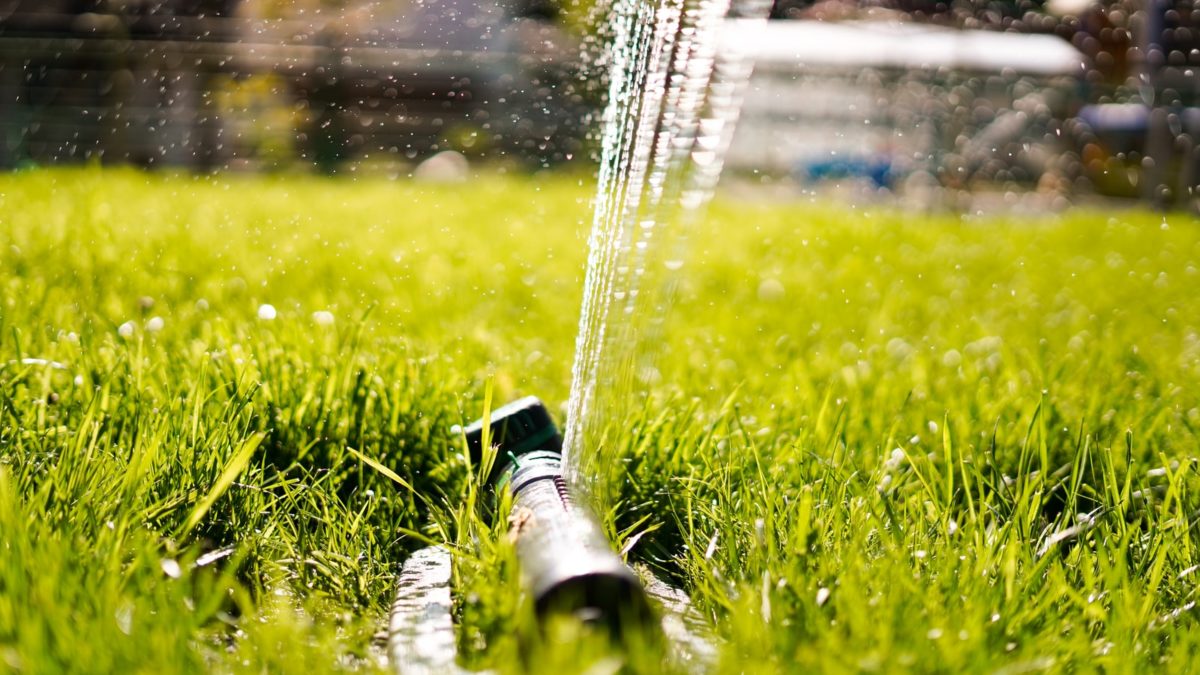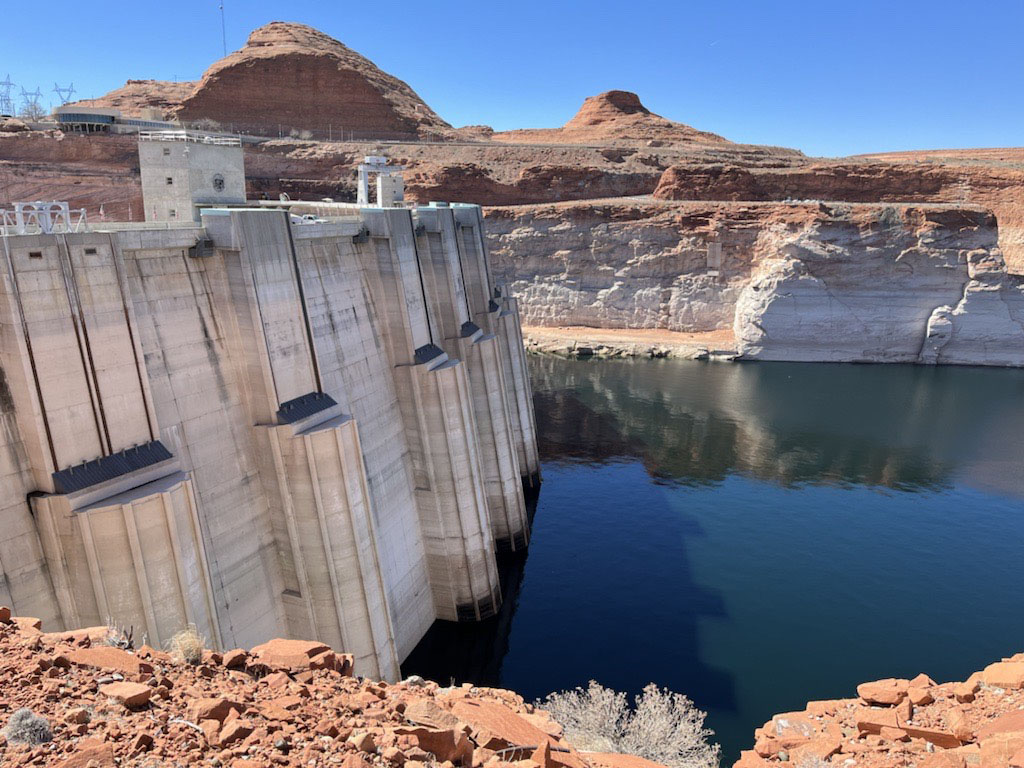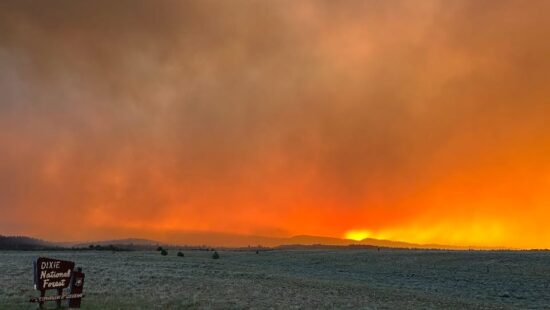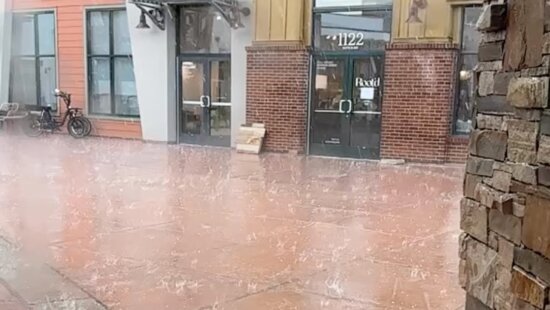News
BYU study suggests nearly half of people overwater grass in Utah

A Brigham Young University study says Utahns harm lawns with too much water. Photo: Mohammad Rezaie
SALT LAKE CITY — How can Utah residents know if they’re overwatering their lawns?
“Flip a coin,” says BYU Civil and Construction Engineering professor Rob Sowby, whose recent study suggests nearly half of Utahns are using too much water in an effort to keep their grass healthy.
Using aerial photographs depicting lawns in two Utah County cities, then cross-referencing the data with secondary water bills from thousands of anonymous customers, Sowby’s paper points to widespread overuse in the Beehive State.
“The gut reaction is, more water equals more green. But there’s a curve, there’s an optimal point. And as you put more water on, that’s all you’re doing, you’re not making it any healthier,” Sowby told the Deseret News.
The overuse is problematic on two fronts — first, the West is battling a historically bad drought. Water districts are enforcing unprecedented water cuts while the Great Salt Lake and two of the nation’s largest reservoirs, Lake Mead and Lake Powell, are at all-time lows. Water hawks across the region are warning residents that now is not the time to be using too much water on nonessential landscapes, like a lawn.
Second, too much water will harm grass.
“Yes, you put more water on and it gets healthier, but then it peaks out. And as you put more water on, that’s all you’re doing — you’re just wasting water. It doesn’t get any healthier,” Sowby says.
An abundance of weeds like crabgrass or thatch, fungal growth like mushrooms, standing water or runoff after irrigation, yellowing and eventually dying patches of grass are all signs of overwatering.
“When your lawn starts to turn yellow or brown, that may be misinterpreted as underwatering. That’s where it gets tricky, because you may not know the difference,” he said.
And perhaps the most simple indication of overuse is your water bill, Sowby says — “If you’re paying a lot for your water, you’re probably watering too much.”
Most of the residents who watered too much, Sowby found, have unhealthy lawns.
Sowby, and other water experts, have a few suggestions on how to right the ship if a lawn has been overwatered.
“It doesn’t have to be a sacrifice,” he said about water conservation, pointing to smart irrigation controllers which can automatically adjust irrigation depending on weather conditions and sometimes soil health.
The Utah Division of Water Resources also publishes a weekly lawn watering guide — for instance, for the week of May 27 through June 2, the division recommends no irrigation for almost all counties along the Wasatch Front and northern Utah.
At least 60% of residential water use is for outdoor irrigation, and the division says eliminating one watering can save nearly 3,000 gallons for the average Utah yard.
Looking at how much water a lawn gets from rain compared to how much a sprinkler system provides is another way to scale back use.
And just because we’re in a drought, Sowby says, that doesn’t mean green spaces should go away.
“We need places to recreate, to have activities and to beautify our communities. And that’s why we need to efficiently irrigate. We just need to optimize them, and also reconsider how we landscape in the future,” he said.



















